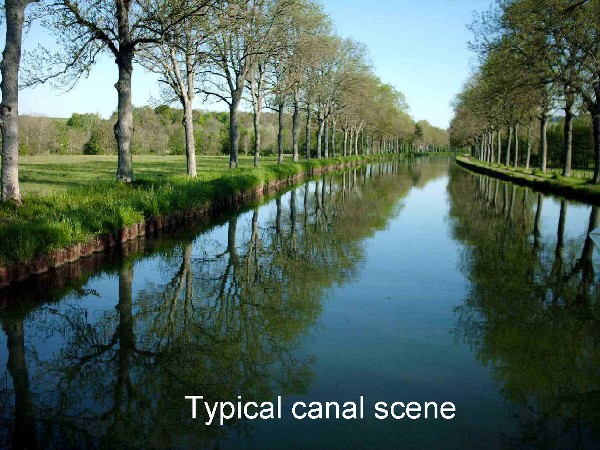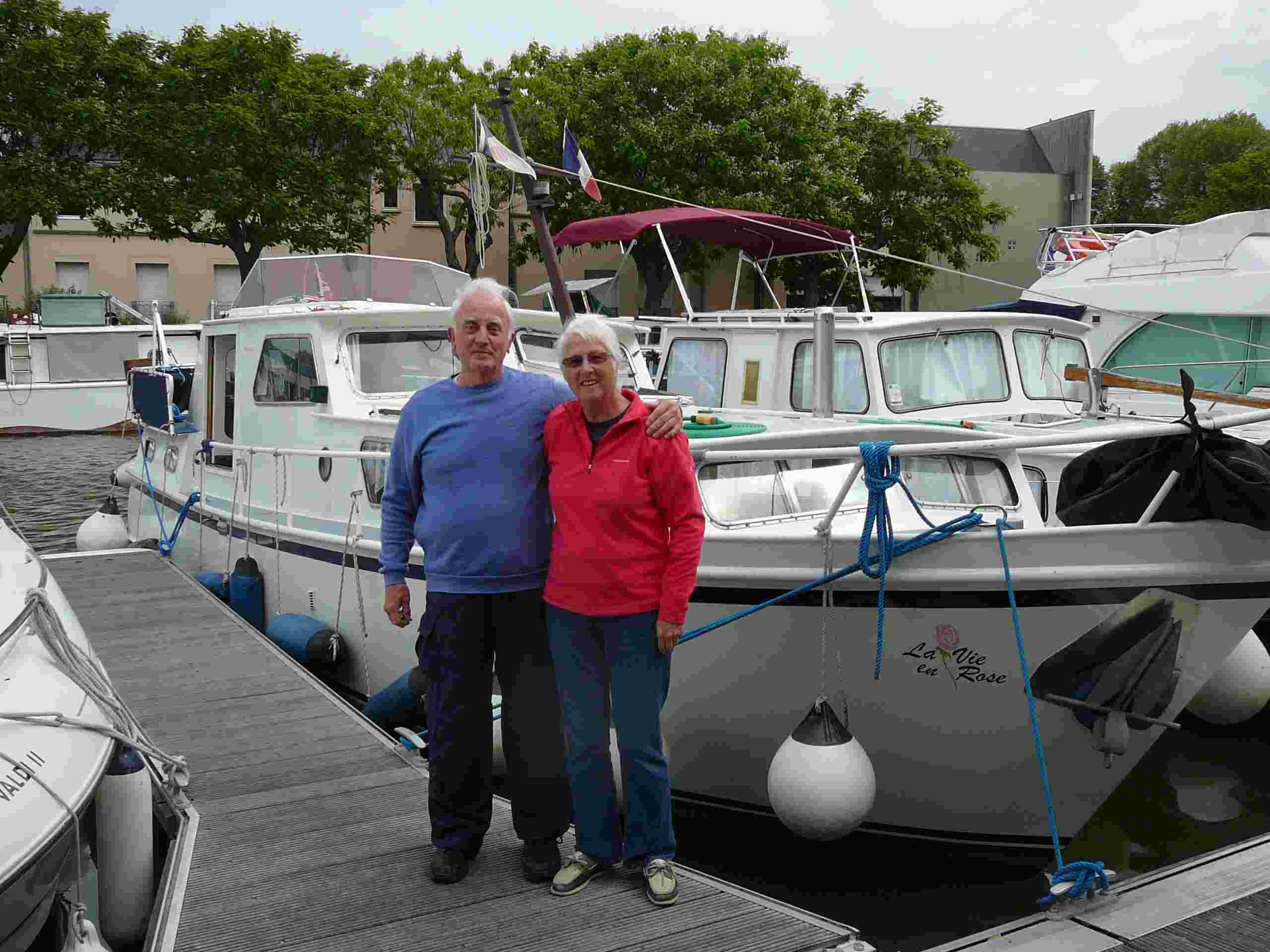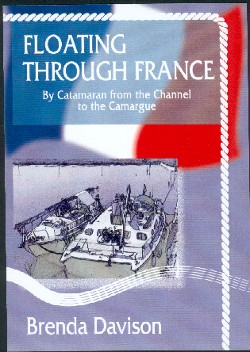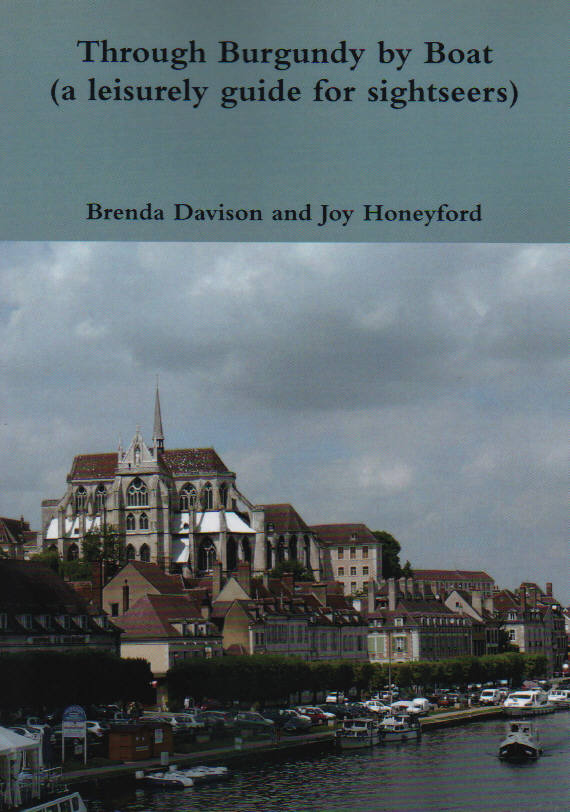The French waterways
The inland waterways of France include over 8,000 kilometres of interconnected waterways in the northeast and southwest, and another 500 kilometres of isolated waterways in Brittany. By the 1980s they had become one of the country's main tourist assets.
The first canals were constructed in the 16th century, (Canal d'Orleans, Canal de Briare, and Canal du Loing) which were the beginnings of the network as we know it today, a network which reached its heyday in the 19th century. Napoleon built a few more in the 1800s, initiating the canals of Brittany and the Canal del'Ourq. He held an opening ceremony for the Canal de St. Quentin but this was not fully opened for another 17 years. He is reported to have said, "I have many canals to build" but seems to have been too busy trying to conquer Europe to get on with it.
The Canal du Midi was opened in the 17th century.
The Revolution (1789) interrupted canal building but during the Restoration period 10 new waterways were initiated by François Becquey, Director of the Bureau of Bridges and Highways from 1818 to 1822. He instigated bills which authorised the state to finance, construct and operate 10 new waterways.
Later Charles-Louis Freycinet, engineer and politician, who became Minister of Public Works, standardised lock dimensions in northern France. Today the standard sizes of locks in the north are
- 38.50m long
- 5.06m wide
- 1.80m deep
Today canal building is still taking place as commercial transport remains an important function of the canals, although not as important as it used to be. New waterway links are currently planned between the Seine and northern France, and between the Rhine and the Rhône. The most recent lock was the Pierre Benite, constructed in 1966 on the Rhône, south of Lyon.
Income for the canals is now obtained from the hydroelectric scheme on the Rhône, plus tolls and licences which the waterway users must pay.
Management of the state network is in the hands of the Voies Navaigables de France (VNF), although one or two waterways are not part of this network, e.g. the Somme and the canals of Britanny.
Today there is an upsurge in the number of boats using the French waterways as more and more leisure boaters from all over the world discover them and realise that they have the freedom to explore the country and discover unspoilt corners not usually visited by tourists.

The impressive network of canals and small rivers funnel down to the big rivers of the Saône and the Rhône. They are much wider than the English canals. By English standards they are empty. The canal system gives access to Germany, Holland, Luxembourg and Belgium, even Denmark and the Black Sea. Moorings are cheap, often free and readily available. There are a scattering of marinas throughout the system where facilities such as chandlery, boat repairs, laundry etc. are available. All locks are either automatic or manned and there is a continuous programme of upgrading in process. Generally the French waterways are in a very good state of repair, in comparison to that found in Britain due to having been in continuous use.
Sometimes if a canal has not been well maintained, or if there is a water shortage, the draft can reduce to 1m on smaller rivers or canals such as the Somme, and also on the Canal du Midi. Converseley in times of flood the air draft under bridges may reduce.
You can obtain information about the dimensions of all the canals in Cruising the Inland Waterways







